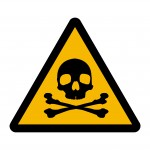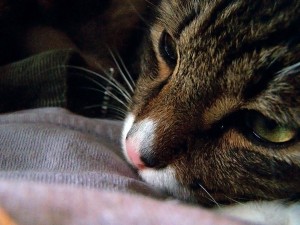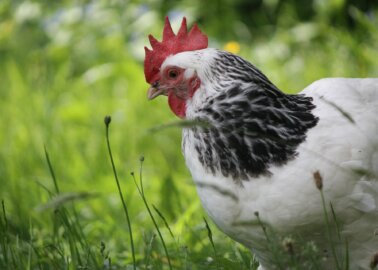How to Avoid Accidental Antifreeze Poisoning

Most brands of antifreeze have a sweet taste, which can be tempting to animals and even children. The main ingredient in most antifreeze brands is ethylene glycol. Animals who ingest this chemical will promptly begin to suffer from vomiting, convulsions and kidney failure. If animals don’t receive immediate veterinary care, they face a painful, almost certain death.
If an animal does come into contact with antifreeze, it’s crucial that you get him or her to a vet within the first few hours of ingestion – any later, and the liver will already have started to metabolise the poison, leading to kidney failure and ultimately death.
Symptoms of antifreeze poisoning include a drunken appearance (ie, staggering, lack of coordination, apparent disorientation and vomiting). Animals who have ingested antifreeze might also appear listless or depressed.
Please help keep animals safe by being extra vigilant when using antifreeze: avoid spills, be sure to always tighten the cap securely after use and store the antifreeze in a place where animals and children can’t get to it.
Better yet, choose antifreeze products that contain propylene glycol rather than the far more toxic ethylene glycol. If the ingredients aren’t listed, then look for a brand of antifreeze that contains a bittering agent, as this might deter animals from ingesting it. Tell everyone you know about this danger!
Companies that safeguard antifreeze products by adding a bittering agent include Halford’s, Bluecol and Comma.




